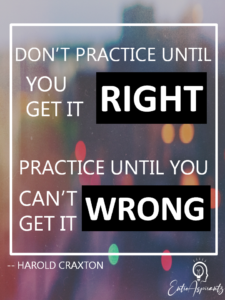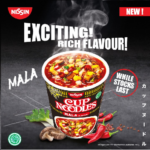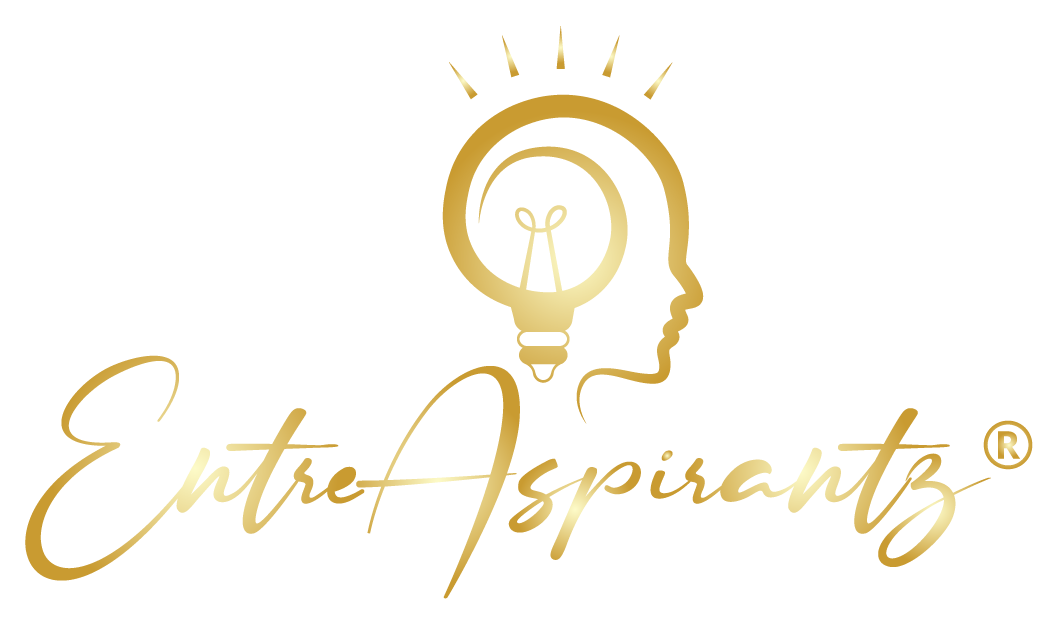How to build habit-forming business
Understand the customer’s habit
Habit is said to causes a little discomfort when not taking action. In reality, the sensation we’re discussing is more analogous to an itch, a mental sensation that produces pain until it’s satisfied.
Business that creates customer habits gains a significant competitive advantage. Because old habits die hard, new goods and services must provide significant upgrades to jolt users out of their ruts.
Even though the benefits of utilizing the new product are obvious and substantial, products that require a high degree shift in behavior are bound to fail. Some behaviors, on the other hand, never become habits because they are not repeated frequently enough.
Outside of the Habit Zone, when the behavior occurs with sufficient regularity and perceived utility, habits cannot form.
HABITS ARE NOT CREATED,
THEY ARE BUILT UPON
Building the mind
Changing people’s behavior demands not only understanding how to persuade them to act – for example, the first time they land on a web page, but also persuading them to repeat actions for lengthy periods of time.
The crucial thing to remember is that habit-forming goods build associations in the brains of users, and the answer to their misery could be found in the use of your product. Vitamins are a good example of habit-forming products that start out as nice-to-haves but quickly become must-haves once the habit is established (painkillers).
The establishment of new habit requires a solid foundation. Trigger is the foundation for long-term behavior change.
External trigger
Trigger come in two types: external and internal. An example is like, relationship trigger when new user seen testimonials on the products or services, and words of mouth. It is embedded with data that communicates the next step we should take.
A paid trigger is another form of external trigger that businesses utilize to gain new consumers and then leverage on other triggers to make them a repeat customer. The image prompts the next expected action of trying the new flavor. Businesses first use paid triggers to pique your desire then keep their product in the limelight to keep user acquisition rolling.
The most powerful trigger is an owned trigger where habit is formed. Habit-forming companies for example, Facebook, does not need to buy an ad to encourage users to visit the app.
Successful entrepreneur often urged customers to sign up for an account or subscribe to their newsletters to encourage recurring engagement until a habit is formed. When customers form habits, they are cued by a different type of trigger: Internal trigger.
Internal trigger

Internal triggers manifest in your mind automatically. Negative emotions frequently serve as internal triggers, like boredom, loneliness, and dissatisfaction often instigate a discomfort or irritation, prompting an almost instantaneous action to alleviate the negative sensation. For instances, a person is afraid that a special moment would be gone forever, he or she will frequently uses Instagram.
Positive emotions can also act as internal triggers, and they can even be prompted by a desire to satisfy a bothersome situation. Users who find a product or service that relieves their pain establish positive associations with it, and bond between the product and the user begin to form. Gradually, these relationships cement into a habit as user turn to your product when experiencing certain internal triggers.
To build a habit-forming product/service, entrepreneurs must first determine which user emotions are tied to internal triggers, and knows how to apply external triggers to motivate consumers to take action.
Core motivations
These core desires motivate all humans:
– For pleasure and avoidance of pain,
– For hope and social acceptability,
– For avoidance of fear and rejection.
Rather than increasing someone’s desire to complete an action, it’s more effective to influence behavior by minimizing the effort required to complete it. If you design your product so simple that people understand how to use it, you’ve got a winner. Yet, even with all the factors in place, a product can decrease in perceived value if it starts off as scarce and becomes abundant.
Key takeaway
A trigger must be present at the same time that the user has the capacity and motivation to act for any behavior to occur. To improve desired behavior, first ensure that a clear trigger is present; next boost ability by making the action easier to do; and last, align with the appropriate motivation. Every behavior is motivated by one of three core desires.





